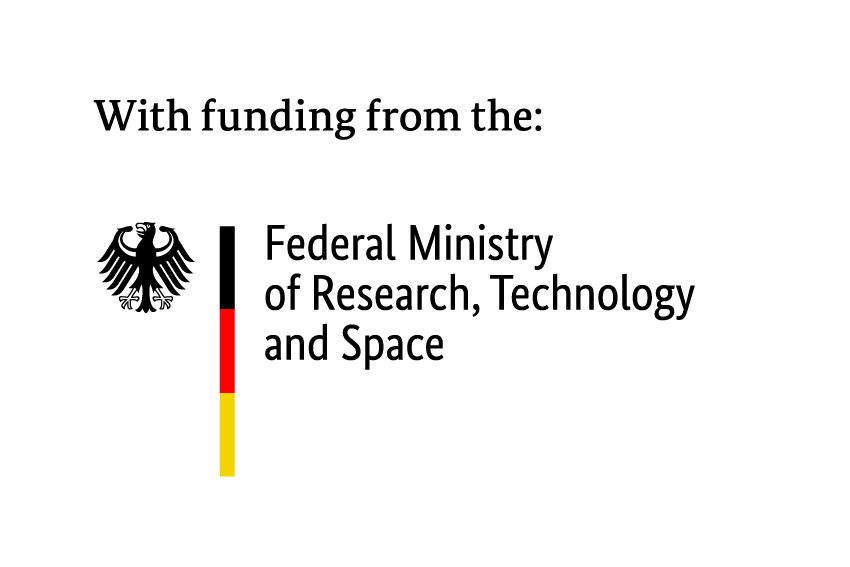c:o/re short-term Fellow (06/07 − 12/07/2025)

Until April 2018, Professor of Philosophy at Free University of Berlin; since March 2019, Senior Professor at Leuphana University Lüneburg, Institute for Cultures and Aesthetics of Digital Media (ICAM); Visiting professor at Tokyo, Yale, Santa Barbara, Shanghai, Stanford, Vienna, Graz, Zurich, and Lucerne. Honorary doctorate from Linköping University, Sweden.
Academic positions: Former member of the German Council of Science and Humanities (Wissenschaftsrat) and the Scientific Panel of the European Research Council (Brussels), member of the Senate of the German Research Foundation (DFG), Permanent Fellow at the Wissenschaftskolleg zu Berlin, and chair of the DFG Research Training Group “Notational Iconicity”.
Fields of work: History of computing, digitality and Artificial Intelligence; theory of the mind, epistemology, philosophy of rationalism, philosophy of language and writing; media philosophy. Books and papers have been translated into English, French, Italian, Spanish, Japanese, Chinese, Korean, Hungarian, and Czech.
How Should the Generative Power of Large Language Models Be Interpreted? Do Chatbots Understand Linguistic Meaning?
How can we explain that contemporary AI chatbots provide appropriate, sometimes complex answers to many questions, yet neither understand the human language nor have access to the world? This project attempts to answer this question in eight steps: 1. Anthropomorphism should be avoided because diversity, not similarity, forms the basis for successful human-technology interactions. 2. The cultural technique of flattening (illustrated/inscribed inscriptions) offers creative potential for social epistemology and is a springboard for digitalization. 3. Humans restore the amputated depth dimension of artificial flatness through interpretation. 4. Computers analyze and synthesize huge data collections using surface technology, i.e., without interpretation, as patterns only. Behaving like a machine is also a proven template that has historically enriched all cultural techniques of formalizing symbolism. 6. Written colloquial language functions in two dimensions: as the content of human-interpretable linguistic expression and machine-operable token statistics. 7. Token relations form socially sedimented, ‘unconscious’ knowledge, which is processed by trained AI algorithms. 8. The duality of perspectives of human-interpretable language and machine-operable token statistics is the basis of the potential of contemporary AI.
Publications (Selection)
Krämer, S. (2025). Der Stachel des Digitalen. Geisteswissenschaften und Digital Humanities. Suhrkamp. https://doi.org/10.11588/dco.2017.0.48490
Krämer, S., & Noller, J. (Eds.). (2024). Was ist digitale Philosophie? Phänomene, Formen und Methoden. Brill/Mentis. https://doi.org/10.30965/9783969752975
Krämer, S. (2023). Should we really ‘hermeneutise’ the Digital Humanities? A plea for the epistemic productivity of a ‘cultural technique of flattening’ in the Humanities. Journal Cultural Analytics, 7(4). https://doi.org/10.22148/001c.55592
Krämer, S. (2016). Figuration, Anschauung, Erkenntnis: Grundlinien einer Diagrammatologie. Suhrkamp. https://doi.org/10.21827/zfphl.5.4.35412
Krämer, S. (2015). Media, Messenger, Transmission. An Approach to Media Philosophy. University Press. https://doi.org/10.5117/9789089647412



